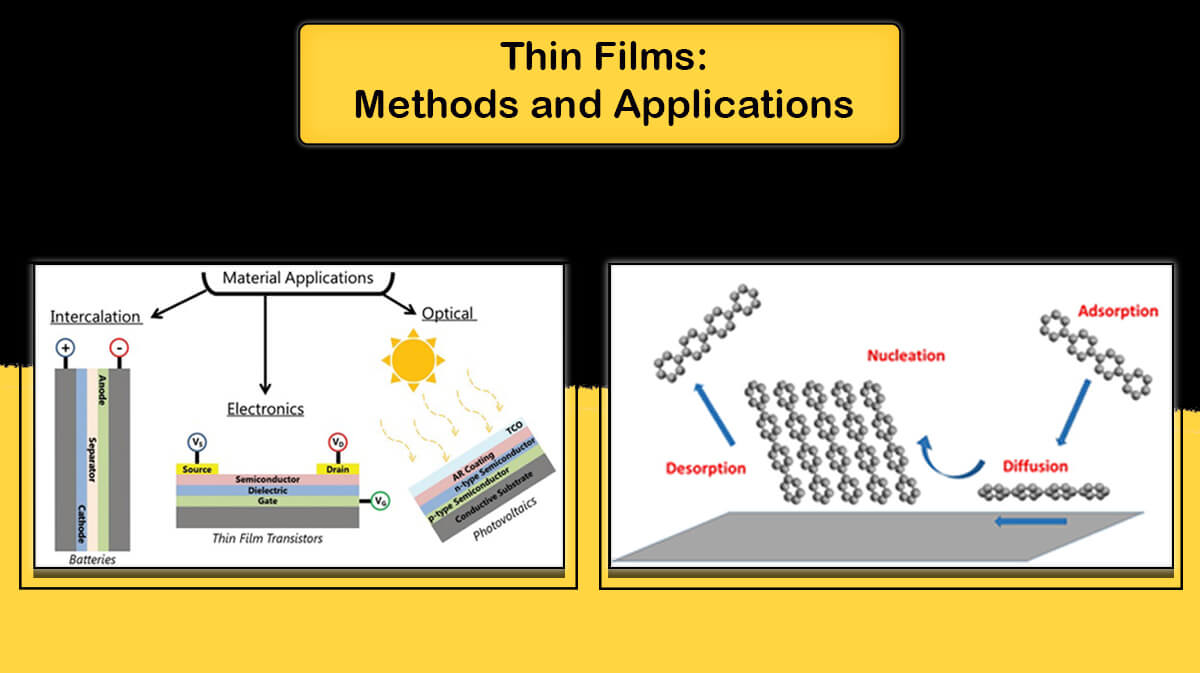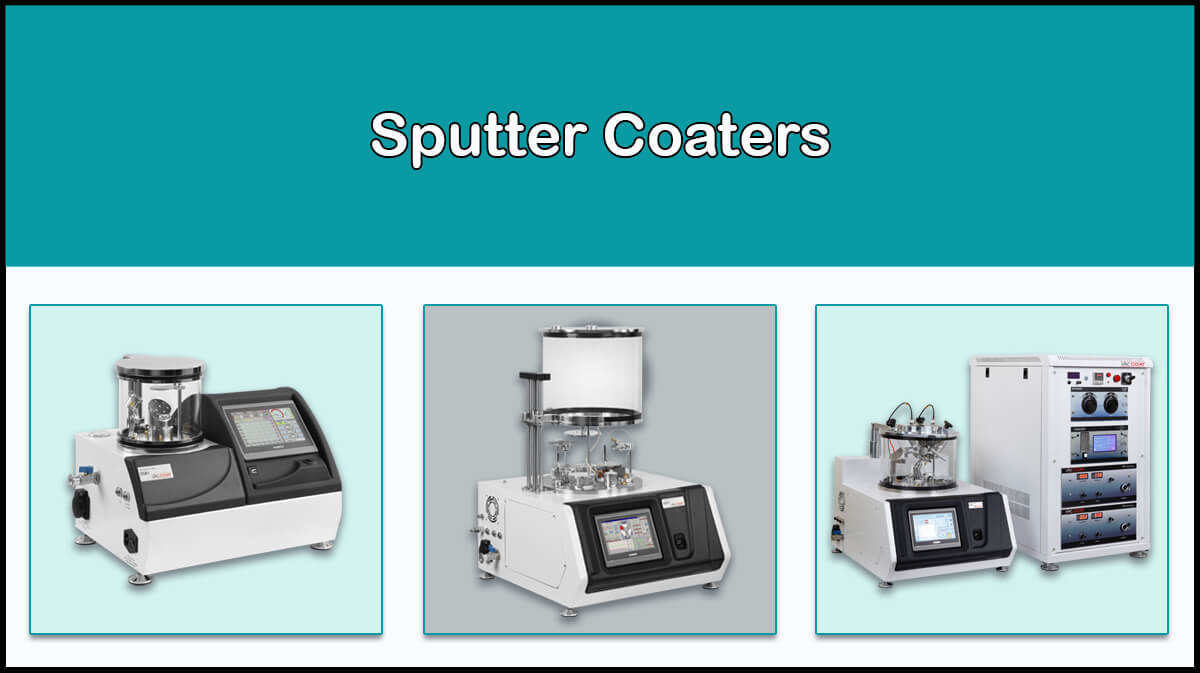
Material Deposition Table to Select the Appropriate Method of Vacuum Deposition
Vacuum deposition technology is a wide range of different deposition methods (method of vacuum deposition) that are used to create single or multi thin film layers of several nanometers to several micrometers of different materials and compounds on different surfaces in a high vacuum system and have various applications in industry and research fields. In general, the process of deposition of the thin films in vacuum conditions consists of three main parameters: the target material, the substrate, and the process of transferring the material from the target to the substrate.
Due to the fact that different elements, alloys and compounds have different physical and chemical properties, choosing the appropriate and efficient deposition method is one of the key points in the vacuum deposition process. The properties of the deposited thin film depend on many parameters such as the temperature of the coating, the nature of the substrate, the composition of the residual gas in the vacuum chamber, the rate of the deposition, and etc., which should be reviewed and researched according to the desired application.
Our Systems & Tables
In order to choose the best method for deposition of the different materials, it is necessary to have a set of information that, according to the characteristics of the material, expresses the efficiency of each method for its deposition. In other words, not every material can be deposited in any way. For this purpose, tables called material deposition tables have been provided to help users of vacuum deposition systems to select the best deposition method.
It is strongly recommended to ensure that the correct method is selected before attempting to deposition process, especially when you are going to deposit a new material. For this purpose, refer to the website of Vac Coat Ltd. and our products.





